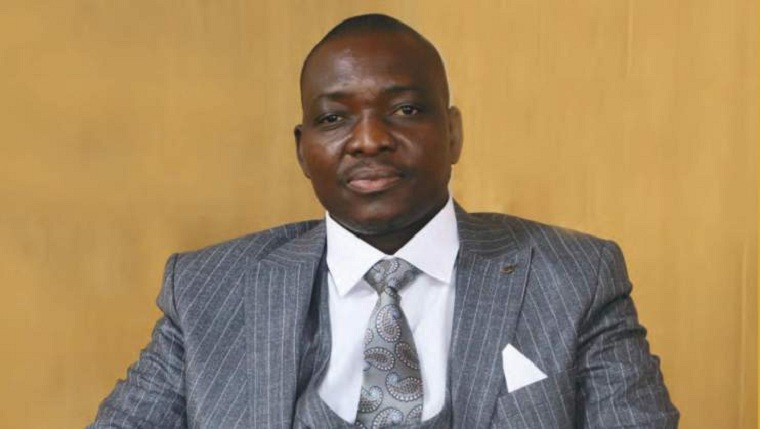ZESA is expediting the installation of prepaid and smart meters to improve the management of electricity consumption. The other measure is to get the excess capacity through the net metering facility which allows customers with excess capacity from their generators like solar systems on rooftops to be connected to the grid. There are some advantages which can be enjoyed by the producers of electricity themselves. You are aware that a normal solar system should be having some storage facilities but through this facility, you only need to have your solar panels and you will use the grid to bank your electricity which you will be withdrawing during times when you are out of production. Currently 5 megawatts of capacity have been connected to the grid and we are targeting an additional 7mgw. ZESA is working flat out to ensure that these customers with excess capacity of 7mgw are immediately connected to the grid.
There shall also be an immediate review of the hydrological situation at Kariba Power Station. The reduction in the power generation capacity has been occasioned by the low water levels in the Kariba Dam. The minimum operating level of the dam is 475.5mt above sea level. What it means is that any water that is above 475.5mt becomes the live lake storage which will be used for power generation. For 2022, we had a total allocation of 45 billion cubic meters provided by ZRA, which was shared by our two utilities, ZESA and ZESCO. ZESA exhausted our 22.5 billion cubic meters but inflows have just started to collect into the dam and there shall be an immediate review in January 2023. We hope that is going to ease the current load curtailment which is obtaining.
In the medium term, there shall be some interventions especially by way of the rehabilitation of the current Hwange station on the existing units 1 to 6. Already, work is in progress and the detailed project report giving the scope of works to be done at the power station has been finalised and it was accepted by the project owners which are ZESA Holdings and we are seized with ensuring that my Ministry and the Ministry of Finance engages the Indian Exim Bank to also endorse on the detailed project report so that disbursements can immediately commence for the purposes of the rehabilitation of Hwange Power Station.
The intention is to bring that power station, the current Units 1 – 6 to the installed capacity of 920 mw, which if added to the expansion project which we are expecting to produce 600 mw, the total that will be coming from Hwange Power Station will come to 1520 mw. In the long term, there shall be massive exploitation of hydro-power potential along the Zambezi River and the immediate one is through Batoka Hydro Electric Scheme which has a potential of producing 2 400 mw and as we speak, a feasibility study was concluded and the environmental impact studies have also been endorsed.
Another measure is on Government giving support to the independent power producers. The focus will be on solar PV generation projects. Currently, a total of 100 licenced projects have been licenced by ZERA. My Ministry is engaging the Ministry of Finance to help de-risk the independent power producer projects through provision of Government implementation agreements for projects which have been awaiting Government guarantee to reach financial closure.
As we speak, three pilot projects have so far received Government implementation agreements and standard power purchase agreement documents. My Ministry is also finalising on the formulation of competitive procurement framework. This is work in progress and we hope by the first quarter of 2023 this will have been finalised.
I now come to the progress on the Hwange Expansion Project through Unit 7 and 8. The project involved the installation of 2 x 300 mw generation units at Hwange Thermal Power Station. The project has surpassed 97% completion. The completion of Unit 7 is currently under way with the unit expected to be synchronised to the grid before the end of this month and we will be getting around 300 mw once the commission tests reaches commercial operations but as we commence the synchronisation or commercialisation, we will not immediately get to the 300 mw. There shall be some connections and disconnections and testing of various performances during this process but this synchronisation will be achieved before end of this month.
Commissioning of Unit 8 will follow immediately after Unit 7 has achieved commercial operation and is expected to take not more than two months after reaching commercial operations of Unit 7. These interventions will ease the current power supply situation and the Government is seized with the implementation of these measures. I submit.
(176 VIEWS)


